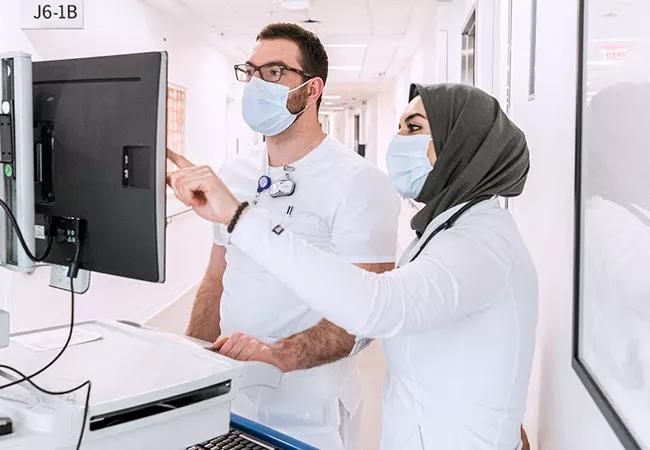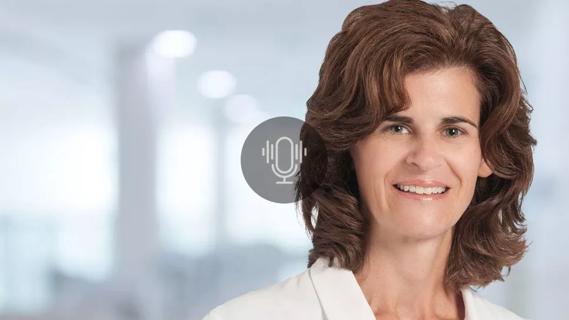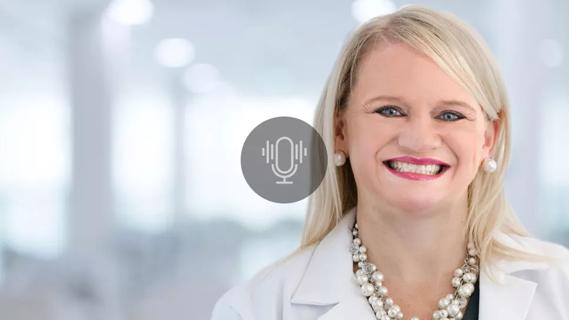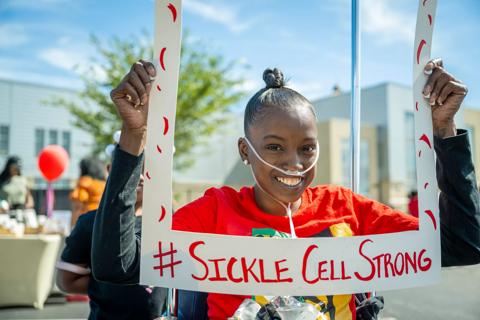Analysis leads to faster, more user-friendly patient records

Electronic health records (EHR) have revolutionized healthcare by improving efficiency and patient outcomes. But for nurses and other medical professionals, EHR responsibilities can take valuable time away from clinical care. During a period when caregiver recruitment and retention are of paramount concern nationwide, Cleveland Clinic has launched a new initiative to streamline the EHR process.
Cleveland Clinic is a non-profit academic medical center. Advertising on our site helps support our mission. We do not endorse non-Cleveland Clinic products or services. Policy
“By maximizing productivity, we give our nurses more time for direct patient care and – as a result – increase the pride and satisfaction they have with their jobs,” says Sarah Croes, BSN, MSITM, BGS, RN-BC, SPHIMS, CAPM, Director of Nursing Informatics.
In 2022, Croes and her team spearheaded a major initiative to identify and address inefficiencies in Cleveland Clinic’s Epic EHR system. The project brought together a task force of experts in bedside nursing, quality, practice, accreditation and nursing informatics.
The team began by assessing how much time inpatient nurses were spending in the EHR: approximately 144 minutes during a 12-hour shift. The task force then identified several major areas for improvement and determined how to reduce documentation time without cutting corners on the quality of information recorded in the EHR.
“We worked hard to arrive at a consensus and ensure that the proposed changes wouldn’t undermine safety or accreditation requirements,” explains Croes. “Our most important consideration was to determine which EHR features impeded clinical care and which actually enhanced it.”
The task force was ultimately able to make several significant improvements, including:
A KLAS survey used to evaluate caregiver satisfaction with the revised EHR reflected a substantial improvement in nurses’ attitudes about the documentation system, says Croes. Even relatively simple upgrades like the addition of Secure Chat and more KLAS training opportunities have appeared to boost morale, she notes.
“Nurses appreciate anything we do to remove unnecessary documentation,” explains Croes. “Research shows that hospitals with inadequate EHR technology have higher rates of nurse dissatisfaction and burnout – and worse patient outcomes. We obviously want to avoid those pitfalls and want to do everything we can to provide our caregivers with quick, seamless access to patient records.”
The initiative, now named EHR Excellence, continues to grow. Among the team’s overarching goals are to optimize the EHR system and reduce average documentation time to 130 minutes per day. Their strategies include automating assignments, enhancing the task-reminder list and removing unused and redundant items, including 80% of online patient summaries.
The team also plans to reduce the number of flowcharts, reduce admission/discharge documentation by consolidating data and removing extraneous items, and reducing alerts by permitting only essential interruptions during medication administration.
Croes says the task force will continue to elicit feedback from nurses and address their requests while providing additional training opportunities and documentation modalities.
“We are continuing to find ways to strengthen our nursing resources and develop a model of care that supports the most efficient workflow possible,” she adds. “We want Cleveland Clinic – and our caregivers – to stay ahead of the curve.”

Resources, education, mentoring help nurses segue to formal leadership roles

Holistic nurses work across all nursing specialties to support patients and caregivers

Outreach programs support residents, build relationships

Cleveland Clinic’s Executive CNO reflects on the image of nursing, aspirations for nurse leaders and more

Advice for preventing the negative physical and mental effects of sleep deprivation

Leadership rounds educate nurses and foster teamwork

Phone triage system reduces call backs and delays in care

Nurses play key role in comprehensive lifetime treatment program